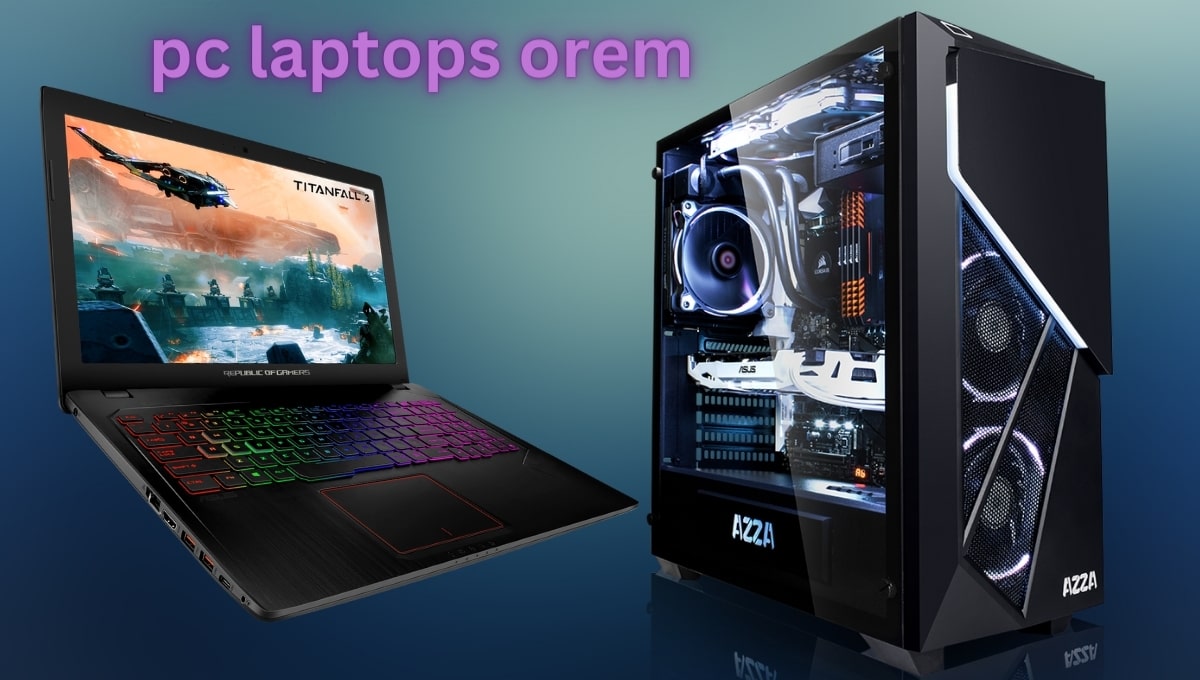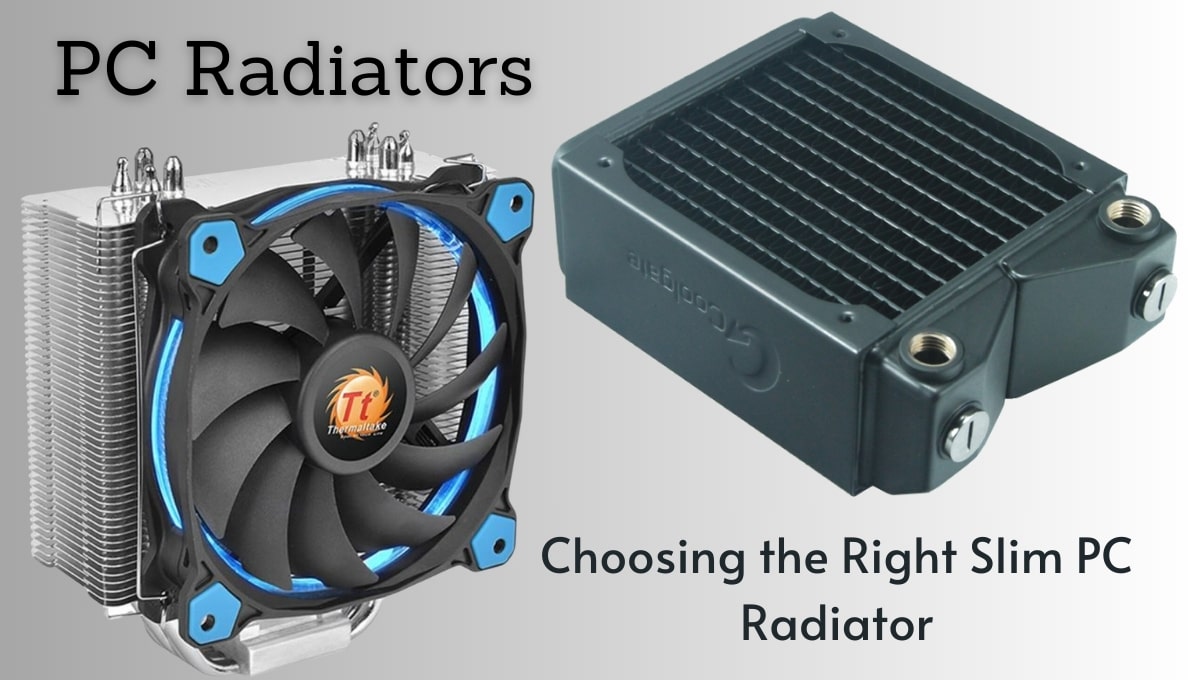PC Card best Overview: 1Understanding Its Function
The early 1990s witnessed a pivotal shift in mobile computing with the introduction of the PC Card. Imagine a time before sleek laptops seamlessly connected to Wi-Fi networks or boasted internal storage capacities in the gigabytes. The PC Card wasn’t just a technological marvel; it was a revolution tucked neatly within a credit-card sized shell. These ingenious devices weren’t simply external memory boosters – they were the key to unlocking a world of possibilities for laptop users.
Beyond the physical form factor, the magic of the PC Card unfolded within its various interfaces. The original Card Standard facilitated basic functions like memory expansion and limited peripheral support. However, for the more adventurous users, CardBus offered a significant leap forward. This interface boasted higher bandwidth and plug-and-play capabilities, making it perfect for seamlessly integrating cutting-edge peripherals like Ethernet cards. There was even a specialized Zoomed Video interface catering specifically to video capture and display functionalities, allowing users to leverage their laptops for multimedia tasks. The PC Card wasn’t just a hardware upgrade; it was a gateway to a world of expanded capabilities for laptop users on the go.
PC Card best Overview: 1Understanding Its Function
The Rise and Fall of the PC Card: A Credit-Sized Powerhouse of the 90s
Remember the days when laptops felt like glorified typewriters, tethered to desks by the limitations of internal hardware? The 1990s saw a pivotal shift with the introduction of the PC Card, a revolutionary technology that transformed laptops into true mobile powerhouses. But what exactly were these credit-card sized devices, and why did they fade into obscurity? Let’s delve into the fascinating world of Cards. For more information Visit Here.

From Brick to Briefcase: The Need for Expansion
Imagine lugging around a bulky desktop computer just to access the internet or transfer files. That was the reality for many laptop users in the early 90s. Laptops at the time were notoriously limited in functionality, lacking built-in features like modems, network cards, and additional storage. The stage is set for the PC Card, a product born from the minds behind the Personal Computer Memory Card International Association (PCMCIA).
Imagine credit card-sized powerhouses. These nifty upgrades, known as innovative cards, plug into designated ports on your laptop, offering a modular solution for boosting its capabilities. No more bulky upgrades, just a snap-on solution for on-demand power. They breathed new life into laptops, allowing users to transform their machines into versatile workhorses on the go.
Types of PC Cards: A Buffet of Functionality
PC Cards weren’t a one-size-fits-all solution. They came in three distinct thicknesses, each catering to specific needs:
- Type I: The thinnest and most lightweight variant, ideal for memory expansion cards that boosted a laptop’s RAM.
- Type II: Slightly thicker than Type I, these cards were workhorses for essential peripherals like modems and network cards, enabling internet connectivity on the move.
- Type III: The beefiest of the bunch, Type III cards packed a punch. Their expanded girth accommodated a beefier arsenal. This translated to features like hefty hard drives and dedicated sound cards, perfect for gamers demanding top-tier performance.
Beyond the Form Factor: Unveiling the Interfaces
The magic behind PC Cards wasn’t just their physical design. They relied on different interfaces to interact with the laptop’s system:
- PC Card Standard: The original interface, primarily used for basic functions like memory expansion and limited peripheral support.
- CardBus: A game-changer, CardBus offered significantly higher bandwidth and plug-and-play capabilities, making it perfect for advanced peripherals like Ethernet cards.
- Zoomed Video: This specialized interface catered specifically to video capture and display functionalities, allowing users to leverage their laptops for multimedia tasks.
The Golden Age of PC Cards: A Boon for Mobile Users
PC Cards offered a plethora of benefits that resonated with mobile users in the 90s:
- Unleashing Versatility: They transformed a basic laptop into a multi-functional machine. With Cards, users could access the internet, network with colleagues, store additional data, and even capture videos, all from the convenience of their portable computers.
- Standardization Reigns Supreme: Compatibility wasn’t a concern. The standardized design ensured seamless functionality with laptops equipped with PC Card slots, regardless of the manufacturer.
- Pocket-Sized Power: Their compact size made them travel-friendly companions. PC Cards easily slipped into briefcases or backpacks, ensuring users had the functionalities they needed on the go.
- Hot-Swapping Magic: Certain PC Cards, like those for memory expansion, could be inserted or removed without restarting the laptop. This hot-swapping capability offered greater flexibility and convenience.
The Inevitable Decline: A Victim of Progress
Despite their initial dominance, PC Cards eventually succumbed to the relentless march of technological advancements:
- Internal Integration: Laptop manufacturers began integrating essential features like modems and network cards directly onto the motherboard. This eliminated the need for external cards, making laptops sleeker and more self-contained.
- The Rise of a Universal Hero: The introduction of the Universal Serial Bus (USB) marked a significant shift. USB ports offered a more versatile and user-friendly solution for connecting peripherals. They boasted higher data transfer speeds and could support a wider range of devices, from printers to external hard drives.
- Shrinking Giants: Internal components like storage drives witnessed significant miniaturization. This allowed manufacturers to pack more power within the confines of a laptop, eliminating the need for bulky PC Cards for additional storage.
A Legacy Beyond Obsolescence: The Enduring Impact of PC Cards
While PC Cards are no longer a common sight, their influence on the evolution of laptops is undeniable. They served as a crucial bridge during a time when laptops lacked the internal capabilities to be truly versatile. The concept of modularity and expandability they introduced paved the way for future advancements in laptop design.

Beyond the Dust: The Unseen Legacy of PC Cards
The impact of PC Cards extends far beyond their lifespan. Here’s how their legacy continues to shape the technological landscape:
- The Standardization Standard Bearer: The bedrock of today’s computers? A simple yet powerful idea: a universal language for devices to talk to each other. This standardized interface keeps things connected and humming, from keyboards to complex controllers. USB, for example, owes its success to the idea of a universal connection format pioneered by Cards. Just like PC Cards offered a standardized way to expand laptop functionality, USB ports allow users to connect a vast array of devices to computers with ease.
- The Mobile Expansion Echo: The desire for expanding mobile device functionality echoes the spirit behind PC Cards. While not as prevalent, solutions like SD cards for expandable storage in smartphones and tablets demonstrate a similar principle of modularity. These cards, though smaller and more specialized, allow users to augment the storage capacity of their mobile devices, mirroring the way PC Cards boosted laptop capabilities.
- Hot-Swapping Lives On: The concept of hot-swapping, the ability to remove or insert a device without restarting the system, wasn’t exclusive to PC Cards. Modern marvels like portable hard drives and thumb drives leverage the power of USB, letting you swap data on the fly without derailing your flow. These pocket-sized data vaults keep your work moving, wherever you need to be. This user-friendly feature, introduced with PC Cards, continues to be a valuable aspect of modern peripheral interaction.
A Stepping Stone on the Path to Progress
PC Cards represent a fascinating chapter in computer history. They addressed a critical need during a transitional period, paving the way for the more streamlined and integrated laptops we use today. Though surpassed by more advanced solutions, their legacy lives on in the continued importance of standardized interfaces, the ongoing quest for mobile device expansion, and the convenience of hot-swapping peripherals. The next time you effortlessly plug a USB device into your laptop, remember the humble Card – a technological stepping stone that helped us reach the mobile computing world we enjoy today.
The Collector’s Corner: A Niche Revival for PC Cards
While PC Cards are no longer mainstream, a dedicated community of enthusiasts keeps their memory alive. Here’s a glimpse into the world of PC Card collectors:
- Preserving a Technological Relic: For some enthusiasts, PC Cards are like time capsules, holding a bygone era of mobile computing in their palm. They hold onto these cards not just for functionality (though some older laptops with PC Card slots still exist), but as a way to preserve a bygone era of technology.
- The Hunt for Rarity: Specific PC Cards can be quite rare, especially those associated with niche functionalities or limited production runs. Collectors enjoy the thrill of the hunt, scouring online marketplaces and retro tech stores to find unique or hard-to-find cards.
- Retrocomputing Revival: The retrocomputing movement, dedicated to preserving and using older computer systems, has breathed new life into PC Cards. Enthusiasts restore vintage laptops with PC Card slots, using these cards to experience computing as it was in the 90s. This allows them to run classic software and engage with historical computing experiences.
The Future of PC Cards: A Nostalgic Niche or More
While a widespread resurgence of PC Cards seems unlikely, their story offers valuable insights for the future:
- Modular Design: The concept of modularity continues to hold relevance in certain computing segments. For example, high-performance desktop PCs sometimes offer modular bays for users to add specialized graphics cards or additional storage drives. The idea of modularity, popularized by Cards, might find new applications in future computing devices.
- Standardization for the Win: The importance of standardized interfaces for connecting peripherals remains undeniable. As technology evolves and new devices emerge, the need for universal connection formats persists. The legacy of Cards in this regard serves as a reminder of the importance of interoperability in a constantly evolving technological landscape.
Conclusion: A Fitting Farewell to the PC Card
The PC Card’s reign may have ended, but its impact on laptop evolution is undeniable. It offered a solution to a critical need in its time, paving the way for the versatile and powerful laptops we use today. While relegated to a niche space in the world of collectors and retrocomputing enthusiasts, the PC Card serves as a reminder of the constant march of technological progress and the enduring value of innovative ideas, even those that eventually become obsolete.


